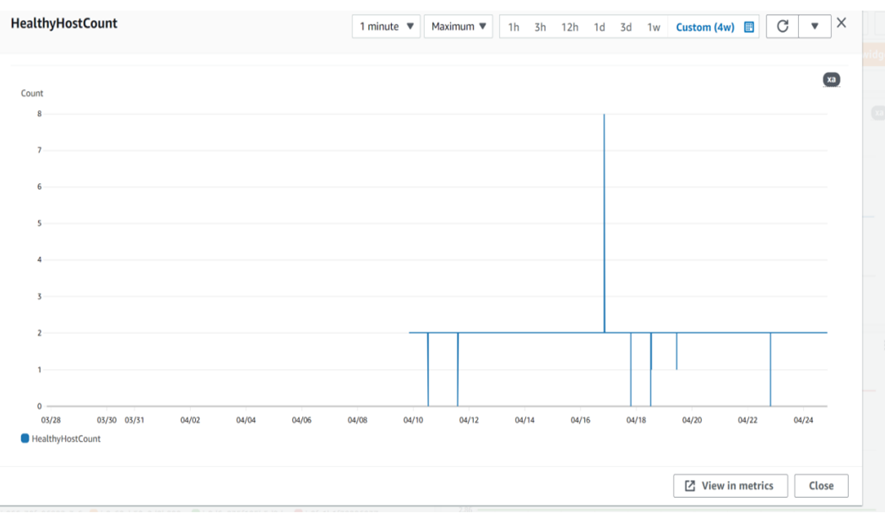In traditional IT world, there are limited number of servers to handle the application load. When the number of requests increases the load on the servers also increases, which causes latency and failures.
Amazon Web service provides Amazon EC2 Auto Scaling services to overcome this failure. Auto Scaling ensures that Amazon EC2 instances are sufficient to run your application.
As demand grows supply lags behind, often leading to revenue loss. Auto scaling automatically scales your AWS cloud resources to meet demand.
You can specify desired capacity and auto-scaling policies for the Amazon EC2 auto-scaling. By using the scaling policy, auto-scaling can launch or terminate the EC2 instances depending on the demand.




